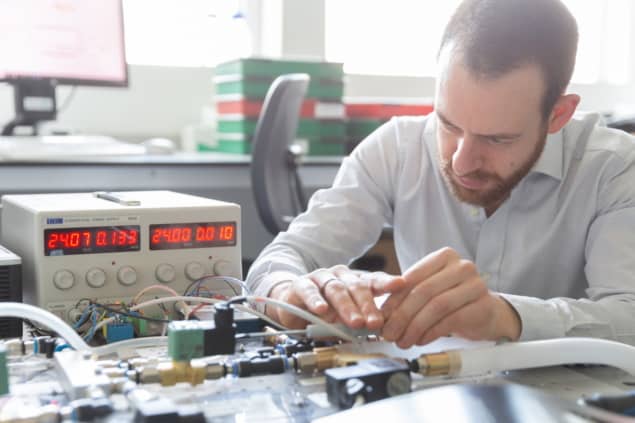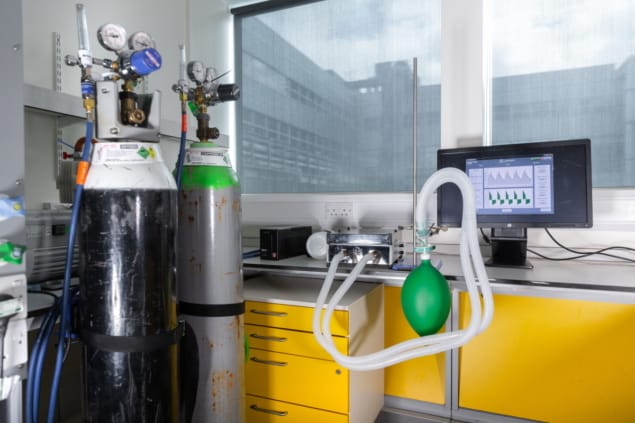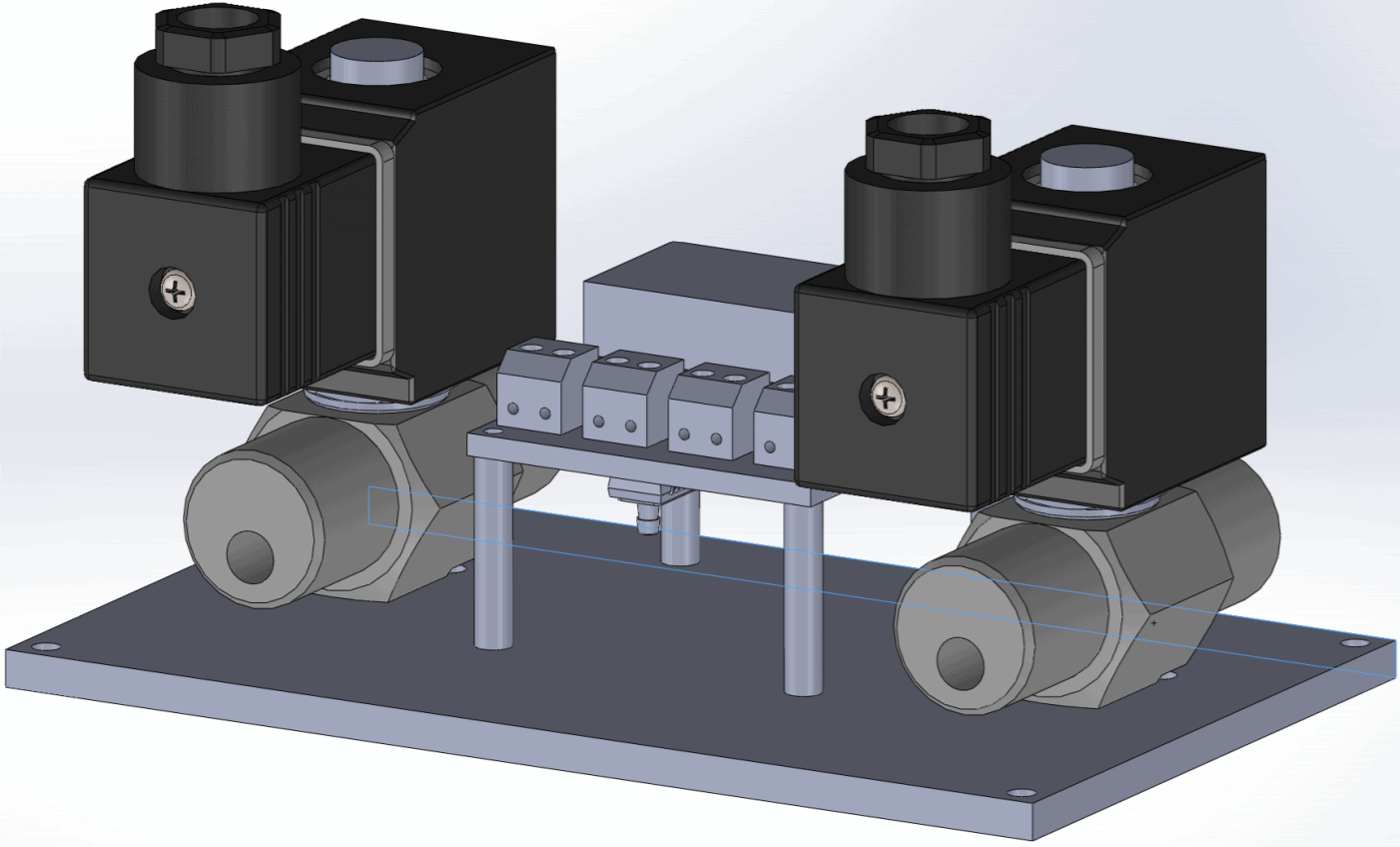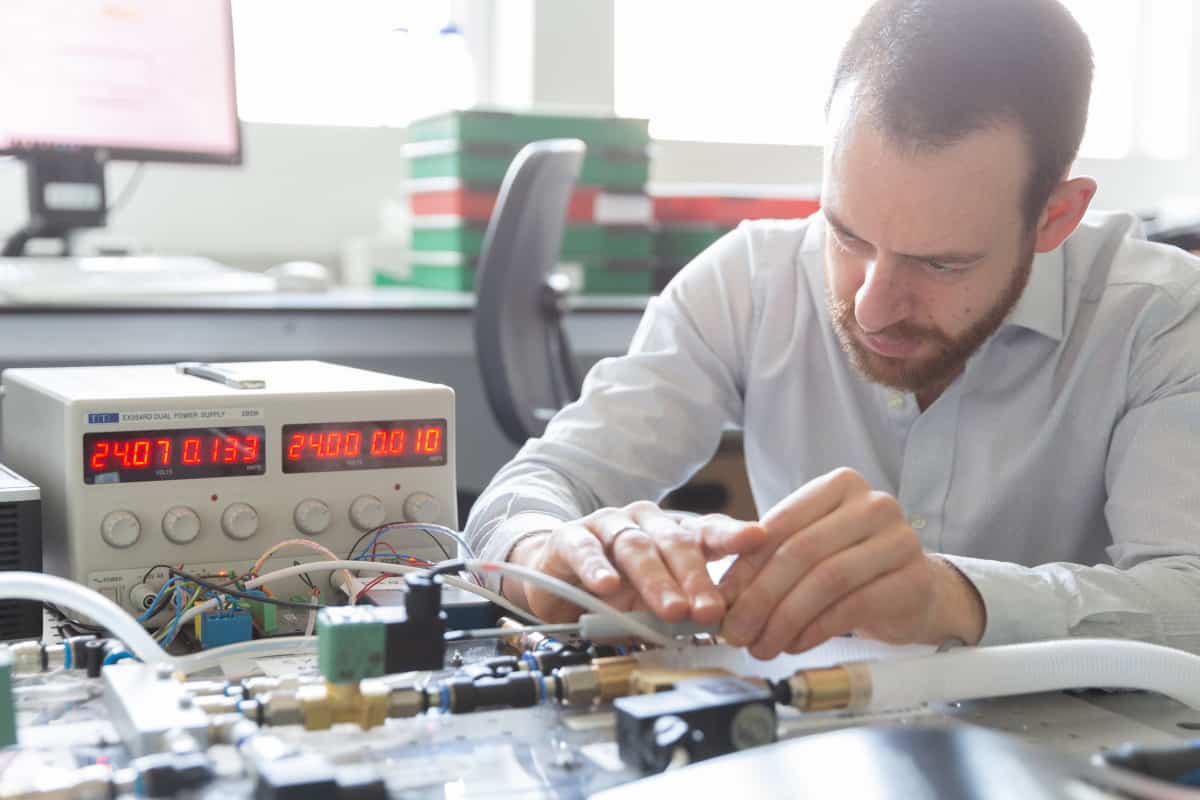
Researchers at Imperial Colleague London have shown that the low-cost ventilator they developed for COVID-19 patients meets the international standard for critical care ventilators. This means that it could be used for other conditions and to address the shortage of ventilators in developing countries, where respiratory illnesses such as tuberculosis, malaria and influenza result in millions of deaths every year.
Ventilators are commonly used in intensive care. They supplement breathing when natural respiration is unable to provide the patient with enough oxygen. By delivering pressurized air or oxygen-enriched gas to the lungs they increase the amount of oxygen in each breath. The positive pressure created by the pressurized gas can also open collapsed areas of the lungs.
Most ventilators use proportional valves and flow sensors to control the pressure differences. These specialist parts can be expensive and suffer supply-chain problems. Such issues were laid bare at the start of the SARS-CoV-2 pandemic as countries struggled to meet ventilator demand. Initially, around a third of patients hospitalized with COVID-19 needed ventilation. Estimates suggested that more than 800,000 new ventilators would be needed worldwide, but in 2019, annual ventilator production was less than 80,000.
To address this shortfall, teams of scientists started working on low-cost ventilators to meet the emergency short-term need created by the pandemic. At Imperial College London, one group of researchers led by bioengineer Joseph van Batenburg-Sherwood created a prototype ventilator based on on–off valves. Unlike proportional valves, these off-the-shelf components are widely available from various manufacturers.
The ventilator uses four on–off solenoid valves, a two-litre reservoir, an oxygen sensor and two mechanical pressure sensors. Unlike most current ventilator designs it does not require pressurized gas supplies, which can be in short supply, particularly in low resource settings. Instead, it can utilize a portable home-use oxygen concentrator.
Proportional valves provide a continuous flow, but on–off valves are unable to do this as they can only be open or closed. To get around this, the researchers used two on–off valves to charge the two-litre reservoir with a mixture of air and oxygen. By controlling the time and sequence in which the valves are open, they were able to regulate the oxygen concentration and volume of each breath stored in the reservoir. Once ready, a third valve opens to deliver the pressurized gas to the lungs. The fourth valve controls the exhalation breath, which is driven by the pressure difference between the patient’s lungs and the ventilator.

The team previously showed that the ventilator can carry out the critical functions of intensive care ventilation for COVID-19 patients. In their latest work, published in Frontiers in Medical Technology, the researchers used a flow analyser and test lungs to demonstrate that the design achieves all the performance requirements set out in ISO 80601, the international standard for critical care ventilators. This includes the ability to maintain pressure during suction to clear the patient’s airways, and a spontaneous breathing mode that supports breaths triggered by the patient – a critical part of the recovery process that helps wean patients off ventilation.

Physicists unveil new simplified ventilator for COVID-19 patients
“Ventilators made by big manufacturers have always been too expensive and complex for developing countries to buy and maintain, so many of the less affluent parts of the world simply have minimal access to ventilators. In addition, most of the new ventilator designs created for COVID-19 were based on emergency short-term manufacturing and are not appropriate for long-term intensive care support, which is desperately needed in low-and-middle income countries and newly emerging economies,” says van Batenburg-Sherwood.
“Our ventilators are inspired by the beauty of simplicity. Rather than using the complex control valves used in most ventilators, we conceived a way to use simple on–off valves to provide the high-level performance required of ventilators. This way, we have made the technology much cheaper and less expensive to make and maintain.”
